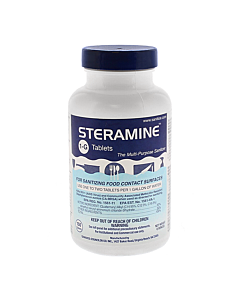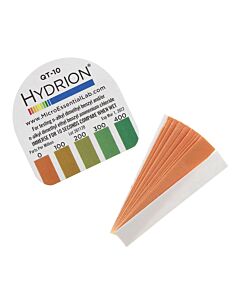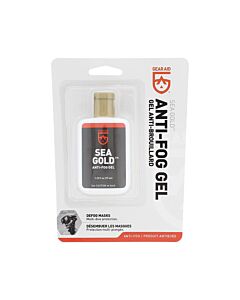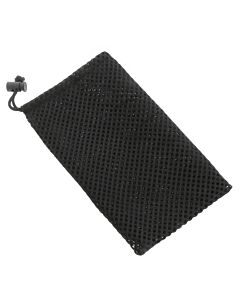Mask Accessories
-
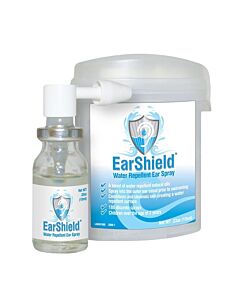 EarShield$24.95
EarShield$24.95 -
 Plain Black Slap Strap$12.00
Plain Black Slap Strap$12.00 -
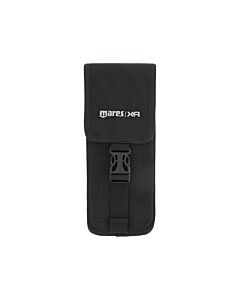 Mares XR Mask/Utility Pocket$25.95
Mares XR Mask/Utility Pocket$25.95 -
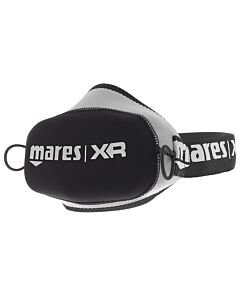 Mares XR Blackout Mask Cover$21.95
Mares XR Blackout Mask Cover$21.95
Mask Defoggers Explained
Regardless of the brand or type of defog there are basically only two ways to defog your mask, either coat the lens with an inhibitor (gels like SeaGold, and of course 'spit') or make the lens very clean so fog doesn't form (surfactants like SeaQuick, SeaDrops, and baby shampoo). Both approaches work equally well but require different application methods so it's mostly a matter of personal preference.
- A cleaning spray is the most popular approach because it's quick and easy. Generously spray the inside of the mask lens, rub and rinse completely to remove. If the lens is not 'squeaky clean' then repeat and perhaps rub a bit harder.
- The liquid drops are a concentrated version of the spray type cleaners and thus a better value. Wet the lens first, add a drop in each lens, rub and rinse completely to remove. Some people who like concentrated cleaners prefer to use baby shampoo.
- With the gel, apply a thin even coating to the inside of the mask lens (more is not better) and lightly rinse to smooth out the coating. Do NOT completely rinse or rub away the gel, remember you want a light coating of the gel on the lens.
Most new dive masks have mold release agents in the flexible skirt that are volatile and during storage will migrate to the surface of the lens to cause fogging. This is often the case when the mask has been sealed in an air-tight box or plastic bag. These deposits can be safely removed with an extra application of a powerful non-abrasive surfactant like liquid dish soap or baby shampoo. The mask may persistently fog at first, requiring repeated cleaning, but with the passage of time the mold release agents will dissipate naturally and the issue will resolve itself. To hasten the dissipation of the mold release agents from the mask silicone, store the mask so that it is exposed to air between dive trips and use a sealed box only for transport in the dive bag.
Regardless of what you have read or been told elsewhere, do NOT use toothpaste or any other abrasive on modern dive masks, especially those masks that have optical quality ultra-clear glass lenses, vision correction lenses or 'optical coatings' on the lenses. You will either damage the lenses, or needlessly waste toothpaste since most modern toothpaste formulations are not at all abrasive.
Every once in a while it doesn't hurt to also clean the outside of the mask lens. It won't help to prevent fogging but you'll see better if the lens is clean on both sides! By the way, we have never been fans of the 'mask bucket' found on many dive boats. When everyone is rinsing their masks in the same bucket, they are sharing their bacteria and viruses with everyone else. We avoid that by rinsing our masks in seawater (works fine), fresh water from the shower hose if there is one, or even bottled water as a last resort.
